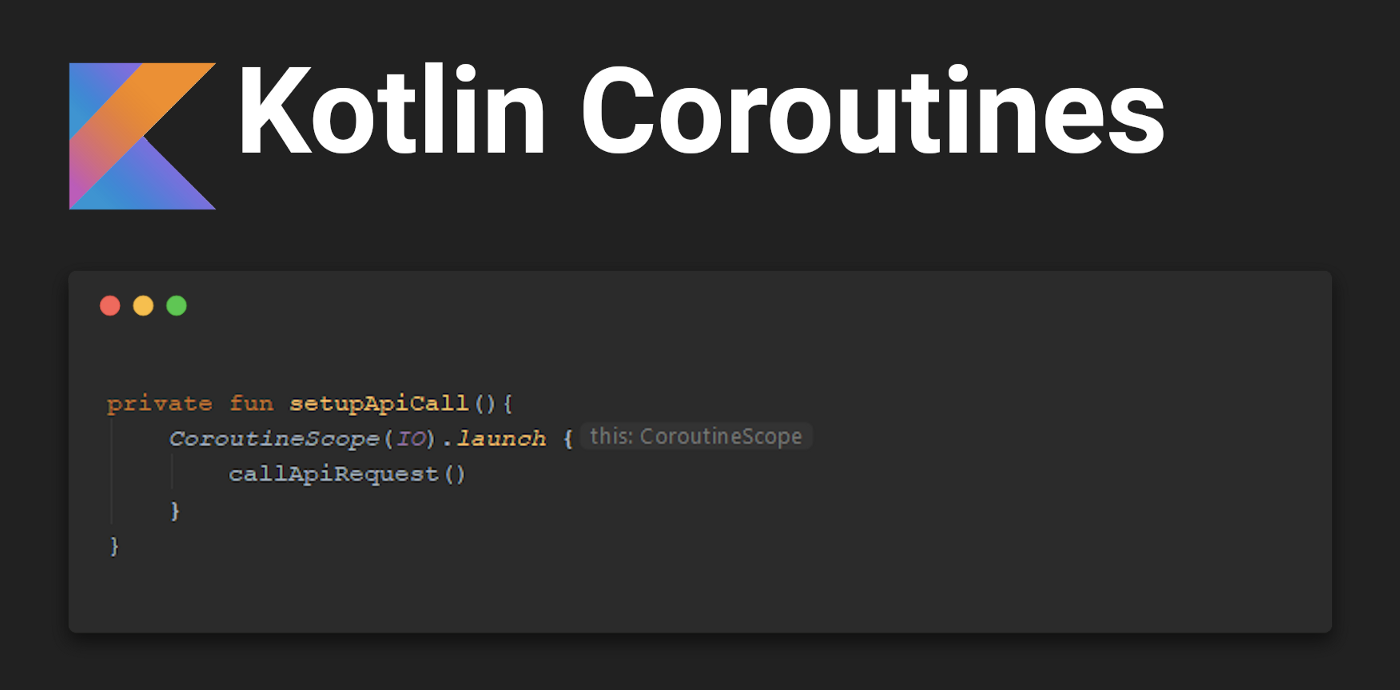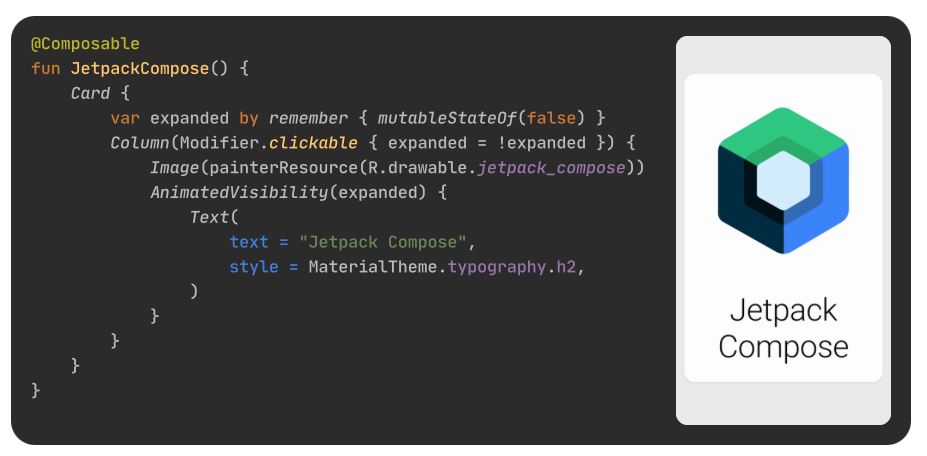Acoroutine is a concurrency design pattern that we can use on Android to simplify code that executes asynchronously. On Android, coroutines help to manage long-running tasks that might otherwise block the main thread and cause our app to become unresponsive. Over 50% of professional developers who use coroutines have reported seeing increased productivity.
Features
Coroutines is recommended solution for asynchronous programming on Android. Noteworthy features include the following:
- Lightweight: You can run many coroutines on a single thread due to support for suspension, which doesn’t block the thread where the coroutine is running. Suspending saves memory over blocking while supporting many concurrent operations.
- Fewer memory leaks: Use structured concurrency to run operations within a scope.
- Built-in cancellation support: Cancellation is propagated automatically through the running coroutine hierarchy.
- Jetpack integration: Many Jetpack libraries include extensions that provide full coroutines support. Some libraries also provide their own coroutine scope that you can use for structured concurrency.
Simply speaking –
- They are cheap.
- Increases code readability.
- Configuration setup is less (as compared to RxJava) for simple tasks.
Coroutines build upon regular functions by adding two operations to handle long-running tasks. In addition, to invoke (or call) and return, coroutines add suspend and resume:
- suspend pauses the execution of the current coroutine, saving all local variables.
- resume continues execution of a suspended coroutine from the place where it was suspended.
You can call suspend functions only from other suspend functions or by using a coroutine builder such as Launch to start a new coroutine.
Suspending functions are what the name hint: they are function that can pause the execution of the code and resume it later when the function is completed; this allows you to write code that feels more natural.












